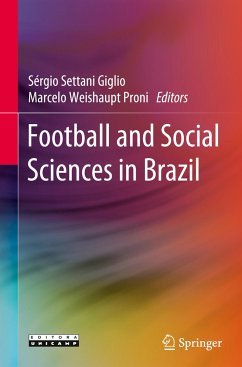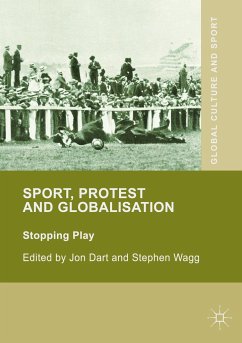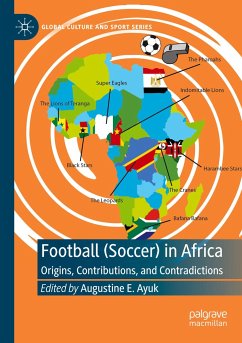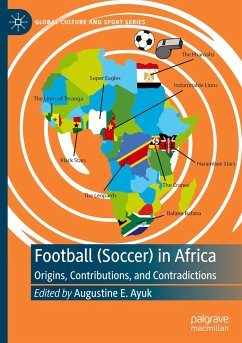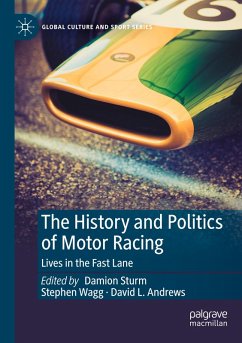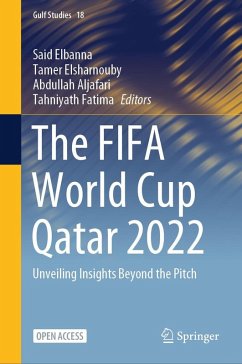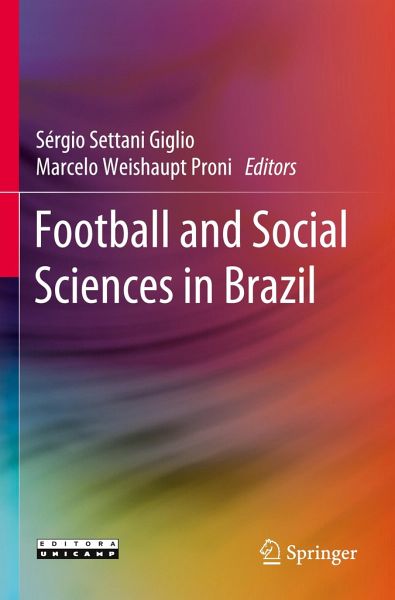
Football and Social Sciences in Brazil
Versandkostenfrei!
Sofort lieferbar
130,99 €
inkl. MwSt.

PAYBACK Punkte
65 °P sammeln!
This book presents a kaleidoscopic view of the multidisciplinary field of research developed within Brazilian social sciences to study football as a major cultural and social phenomenon in the country. As a contributed volume, it brings together chapters authored by researchers from different disciplines, such as sociology, anthropology, political science, history, geography, economy, communication studies and physical education, who contributed to make Brazilian football a multifaceted object of study for the human and social sciences.The book is divided in four parts. The first two parts are...
This book presents a kaleidoscopic view of the multidisciplinary field of research developed within Brazilian social sciences to study football as a major cultural and social phenomenon in the country. As a contributed volume, it brings together chapters authored by researchers from different disciplines, such as sociology, anthropology, political science, history, geography, economy, communication studies and physical education, who contributed to make Brazilian football a multifaceted object of study for the human and social sciences.
The book is divided in four parts. The first two parts are dedicated to the "classic" areas, in which the best known research lines are concentrated: part one focuses on politics and history, while part two is dedicated to sociology and anthropology. The third part brings together studies from other four different areas: communication studies, geography, economy and physical education. The fourth part is organized not by disciplines,but around transversal themes, such as gender, violence, fans and racism.
The varied approaches and different interpretations brought together in this book seek to provide an overview of the fertile academic debate that has stimulated the renewal of scientific research on football in Brazil, which makes Football and Social Sciences in Brazil a useful resource for researchers from different disciplines within the human and social sciences interested in the study of football as major cultural and social phenomenon all over the world.
The book is divided in four parts. The first two parts are dedicated to the "classic" areas, in which the best known research lines are concentrated: part one focuses on politics and history, while part two is dedicated to sociology and anthropology. The third part brings together studies from other four different areas: communication studies, geography, economy and physical education. The fourth part is organized not by disciplines,but around transversal themes, such as gender, violence, fans and racism.
The varied approaches and different interpretations brought together in this book seek to provide an overview of the fertile academic debate that has stimulated the renewal of scientific research on football in Brazil, which makes Football and Social Sciences in Brazil a useful resource for researchers from different disciplines within the human and social sciences interested in the study of football as major cultural and social phenomenon all over the world.



